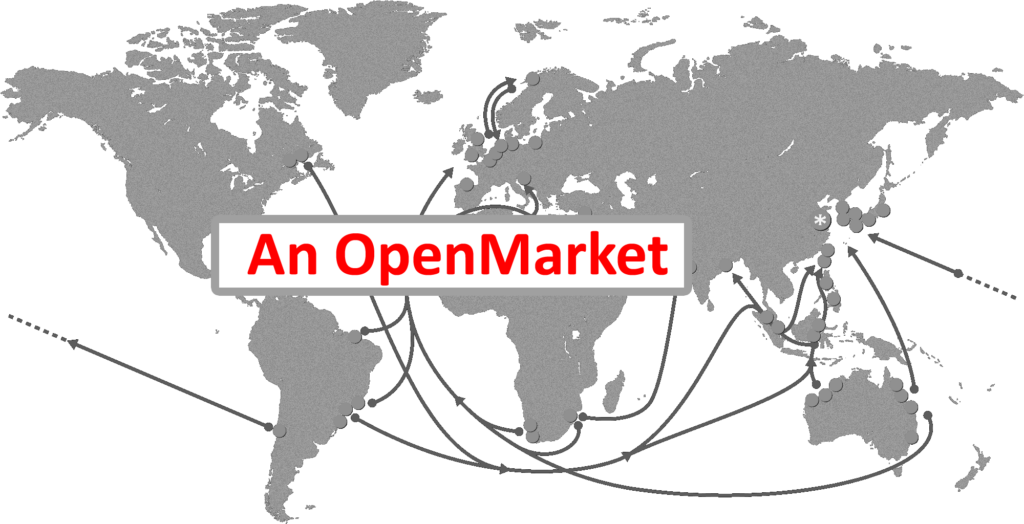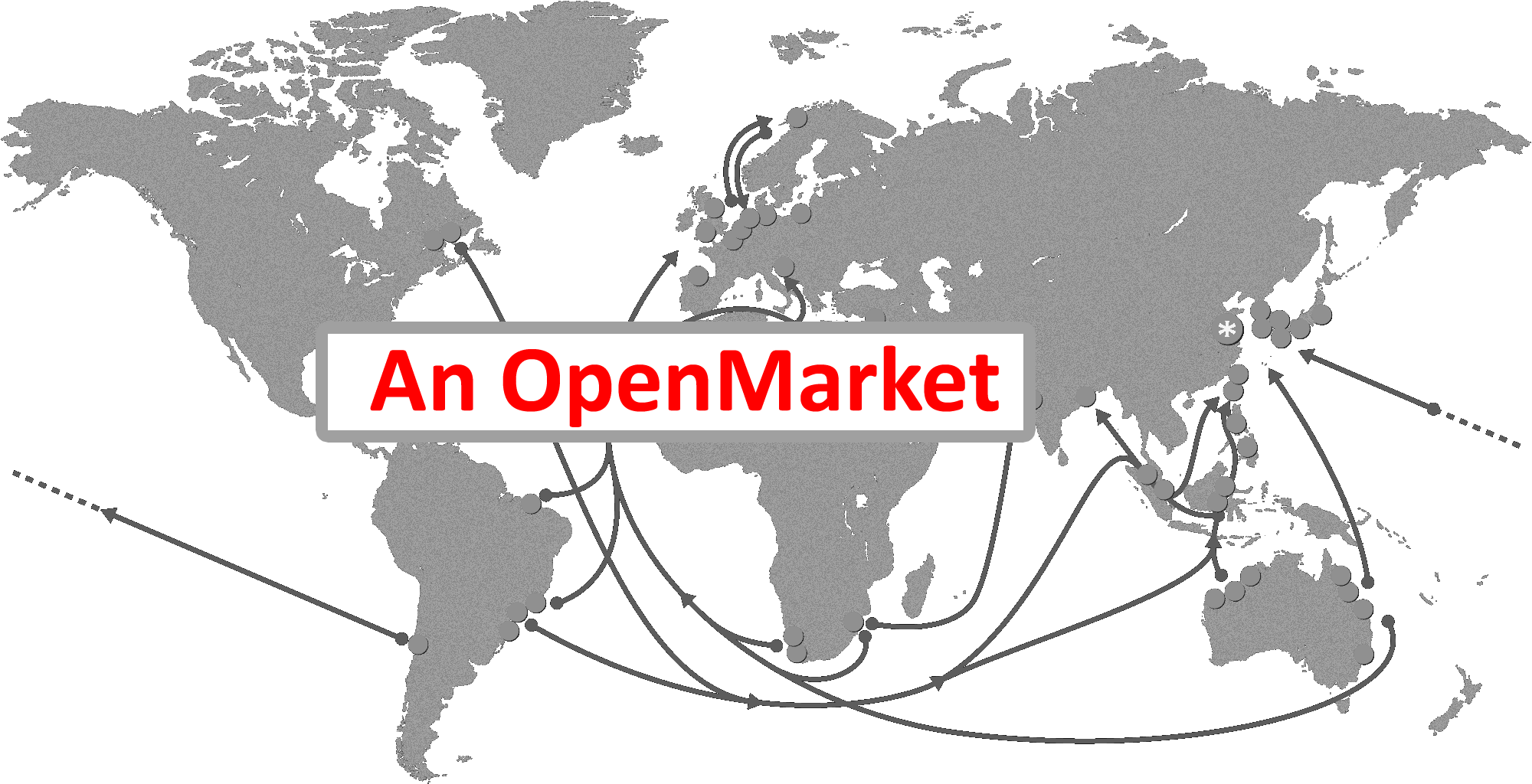Open Market: Unlocking the Potential of Free Trade
An open market is a cornerstone of modern economies, fostering growth, innovation, and consumer empowerment. It represents a system where goods, services, and financial instruments are traded freely, with minimal restrictions or government intervention. This blog explores the concept of open markets, their characteristics, significance, and their transformative impact on economies worldwide.

What is an Open Market?
An open market is characterized by:
- Minimal Barriers: There are no significant restrictions on entry or exit for participants.
- Competition-Driven Prices: Supply and demand dictate prices rather than centralized controls.
- Global Accessibility: Participants from any geographical location can engage without discrimination.
- Transparency: Information about products, services, and prices is readily available to all participants.
Why Are Open Markets Important?
1. Encourages Economic Efficiency
Open markets promote competition, which compels businesses to optimize their operations, reduce costs, and enhance productivity. This results in better resource allocation and improved economic performance.
2. Benefits Consumers
Consumers in open markets enjoy a broader range of choices at competitive prices. This competitive landscape ensures that quality improves while costs decline, providing better value.
3. Fosters Innovation
The need to stay ahead in a competitive market drives businesses to innovate. Open markets are incubators for technological advancements and creative solutions.
4. Attracts Investments
Investors are drawn to open markets due to their predictability and potential for high returns. Transparent systems inspire confidence and boost economic activity.
5. Enhances Global Trade
Open markets facilitate cross-border exchange, allowing countries to specialize in producing goods where they have a comparative advantage. This global collaboration enhances economic growth.
6. Drives Economic Growth
By promoting innovation, investment, and efficient practices, open markets contribute significantly to the overall growth and stability of economies.
Real-World Examples of Open Markets
1. Stock Markets
Platforms like the New York Stock Exchange (NYSE) and Bombay Stock Exchange (BSE) epitomize open markets, enabling transparent trading of securities.
2. E-Commerce Platforms
Companies like Amazon and Flipkart operate as open markets, connecting buyers and sellers worldwide with minimal restrictions.
3. Global Trade Networks
International organizations like the World Trade Organization (WTO) advocate for open markets by reducing trade barriers among member countries.
Challenges of Open Markets
While open markets offer numerous benefits, they are not without challenges:
- Market Failures: Monopolies or oligopolies may arise, limiting competition.
- Economic Inequality: Disparities in resources can lead to unequal participation and outcomes.
- Environmental and Social Costs: Unchecked activities may result in exploitation or negative externalities like pollution.
- Vulnerability to Shocks: Open markets are susceptible to global economic fluctuations and crises.
Open Markets in India
India’s journey toward becoming an open market began with the 1991 economic liberalization reforms. Key examples of open market principles in India include:
- E-Commerce Revolution: Platforms like Amazon India and Flipkart have transformed retail by connecting millions of sellers and buyers.
- Liberalized Trade Policies: Reduced tariffs and trade barriers have boosted exports and foreign investment.
- Stock Exchanges: The National Stock Exchange (NSE) and BSE exemplify open financial markets fostering economic growth.
Conclusion
Open markets are essential for fostering economic dynamism, innovation, and global cooperation. By creating an environment of free competition, they empower businesses and consumers alike. However, effective regulation is necessary to mitigate potential drawbacks like market failures and inequality. Embracing the principles of open markets can unlock immense potential for sustainable growth and prosperity.









